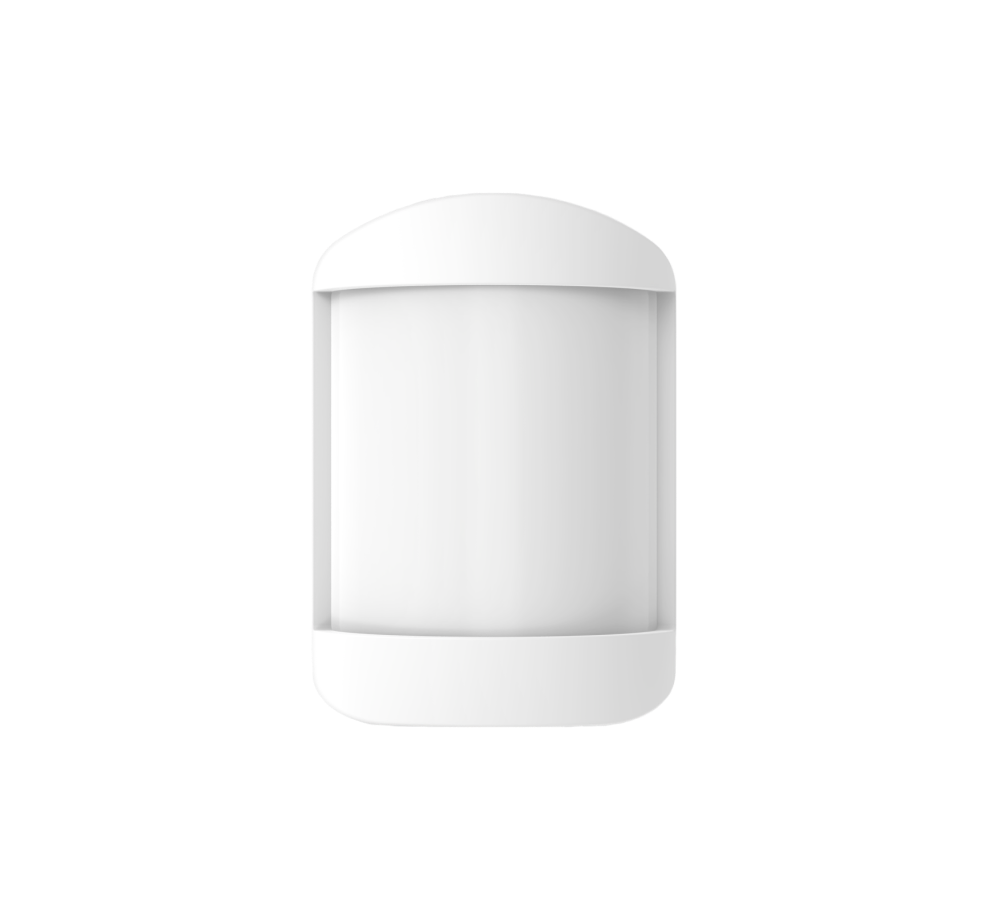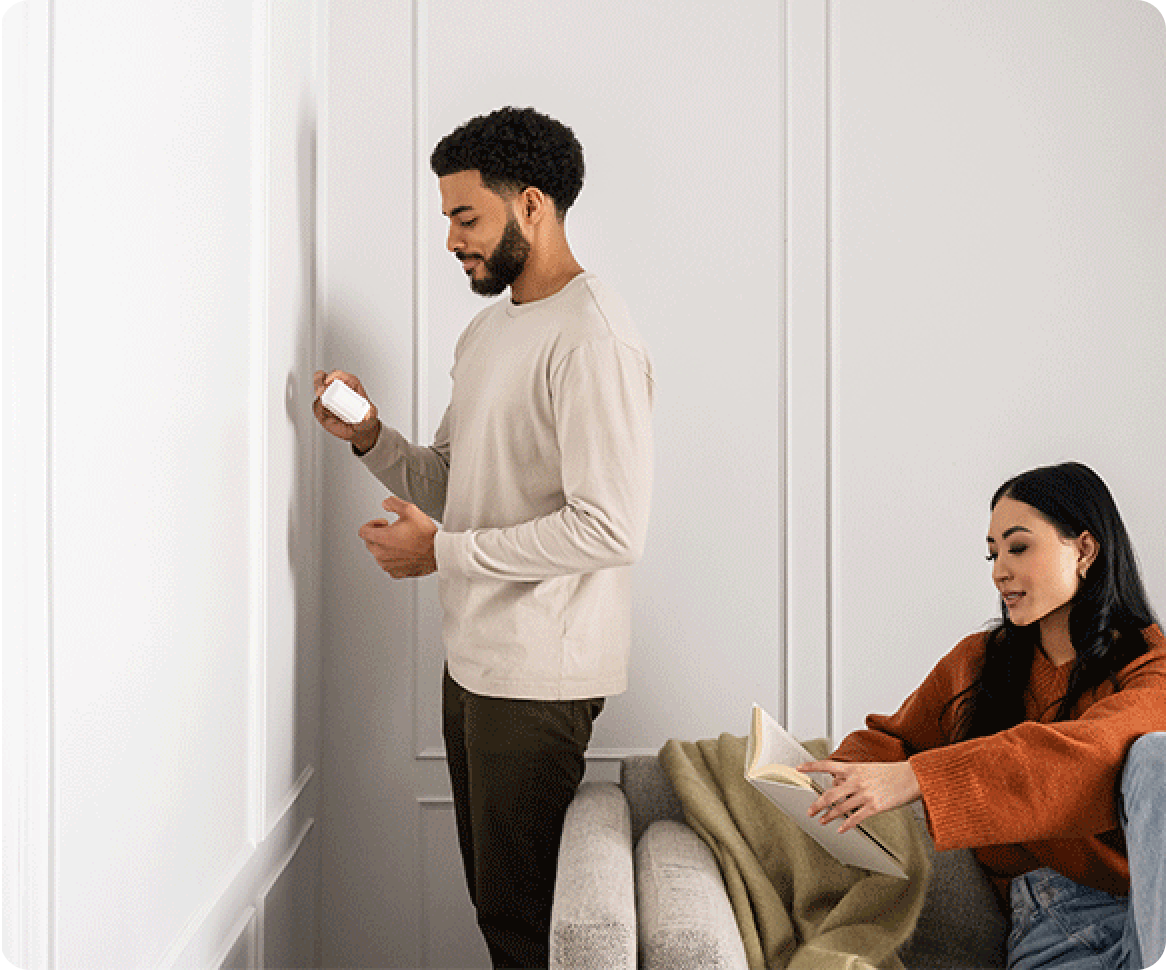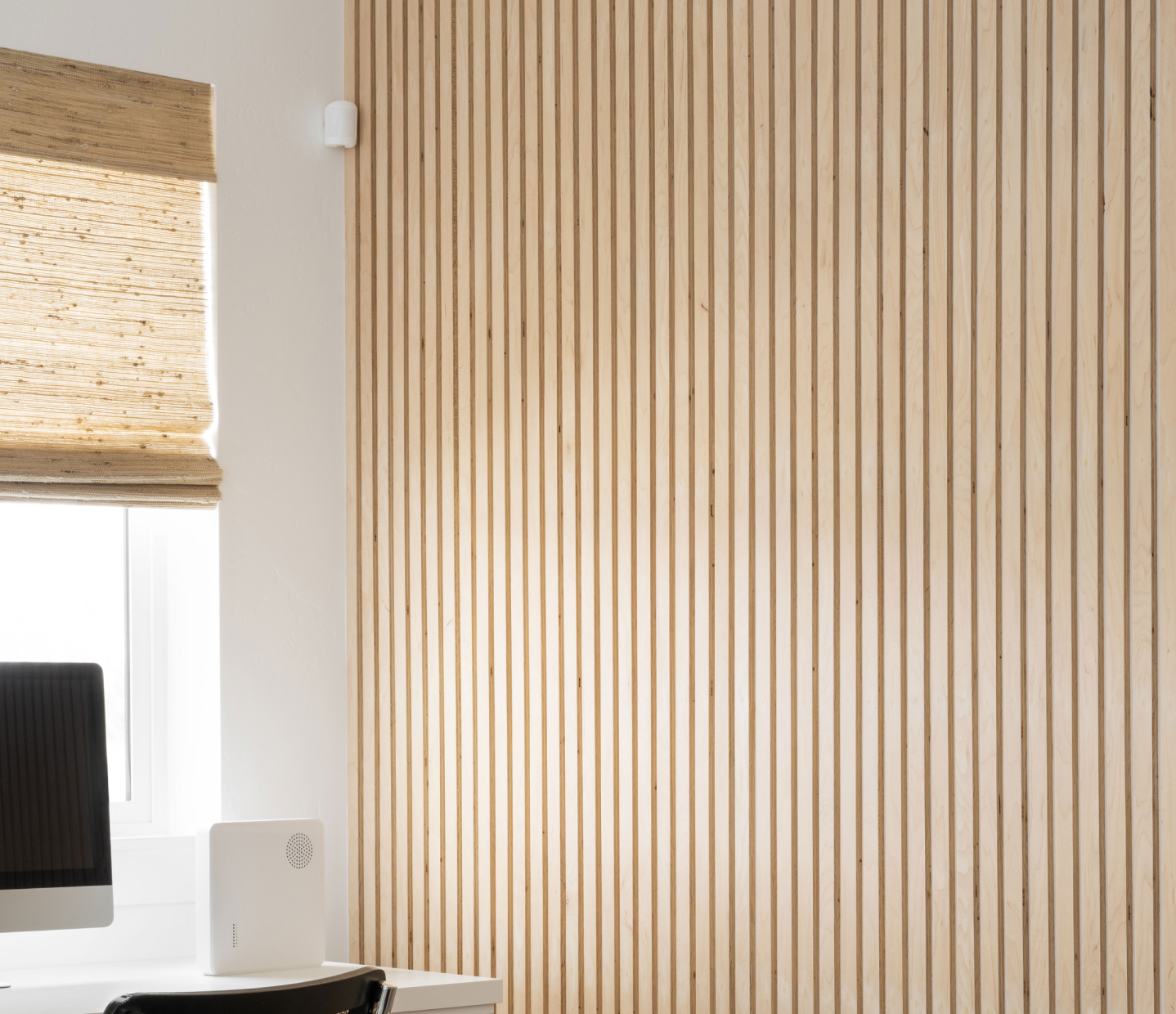Cove is actively dedicating resources to make our site, and our community, more accessible. While we make changes, if you need any assistance accessing the information on this site, please contact us at 855.268.3669 or support@covesmart.com. For those who are deaf or hard of hearing or who do not use voice channels to communicate, please contact us via email or via 711 or other relay services. If you have any feedback or suggestions as to how we could improve the accessibility of our website, please contact us at accessibility@covesmart.com. Please be aware that our site may contain links to other websites, the accessibility of which is not under our control. Please contact us if you run into any difficulties with these sites, and we will do our best to help you.
Accessibility
Simplify your security with a motion sensor.
The best motion sensors should simplify and secure your life, not make it more complicated. That’s why we designed our motion sensor to fit your lifestyle. It blends in, so you’ll hardly notice it, except when you need it. With Cove’s motion sensors, you’re getting long-range, long-lasting devices that are easy to install.

Install it in minutes.
No one wants to spend hours setting up a home security system or drilling holes in the walls. Our home security motion sensors take less than 5 minutes to install. Just follow the instructions on our alarm panel, peel and stick your sensors, and hold them in place for 30 seconds.
$0 each, regularly $0

Reduce your false alarms.
You shouldn’t have to wake up in the middle of the night to the wailing of a false alarm. Our motion sensor identifies human heat signatures, not shadows, insects, or pets below 35–50 pounds.

Long range. Long life.
With a long-range 45-foot sensing radius and battery life that lasts up to 5 years, our motion sensor gives you maximum protection for longer.

Stay in control.
Our system is designed so you can arm the whole thing at once or just one sensor at a time—all with a tap of your finger.
Customize My SystemTechnical Specifications
How can we help you?
Reach out to our friendly customer support team!